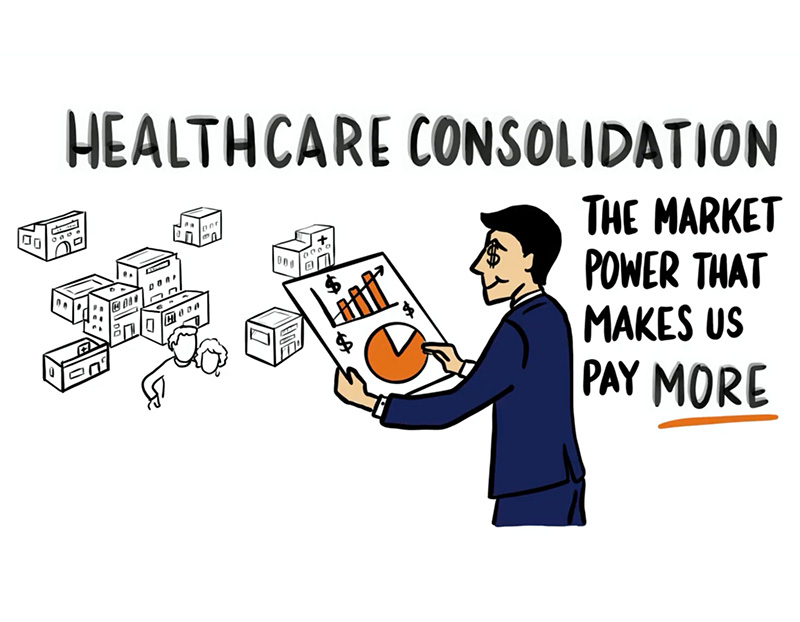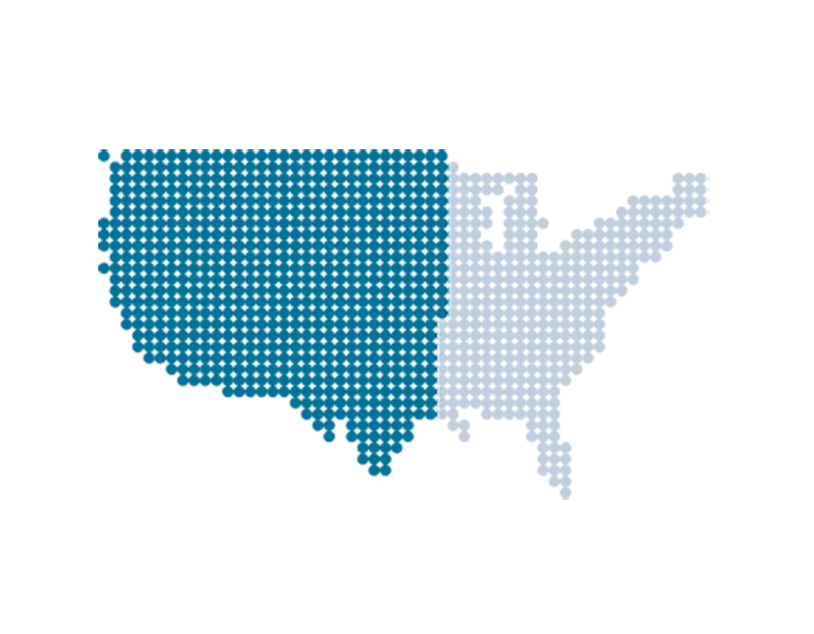Lowering Healthcare Costs

Advance and support policy and practice reforms that lower healthcare costs, improve outcomes and increase access to age-friendly models of care.
Validate emerging and existing care models through data collection, analysis, and measurement
Expand reforms including Medicare Drug Price Negotiation, site–neutral payments, capping insulin prices and increased price transparency
Increase visibility of the public health consequences of a high-priced healthcare system on Americans as they age
Same Service, Same Price

West Health favors site-neutral payment reforms, or other policy solutions that ensure insurers and consumers pay the same price for the same doctor visits, procedures, and tests regardless of where they are delivered.
Check out our latest “Same Service, Same Price” resources for more information.
- States are providing a blueprint for policy change: 11 states have enacted new laws and regulations to control facility fees—or the additional fees charged by hospitals and their outpatient departments. Learn More
- Clinical lab markups reveal inconsistent pricing for the same service: Nationally, insurers pay about three- times more for tests such as simple blood and urine tests when billed by hospital outpatient departments compared to doctor’s offices. Learn More
Resources from the Health Savers Initiative: a collaborative project of the Committee for a Responsible Federal Budget (CRFB), Arnold Ventures and West Health.
- Moving to site neutrality in Commercial Insurance Payments: Reducing commercial premiums by $368 billion and cost-sharing for consumers by $73 billion. Learn More
- Equalizing Medicare payments regardless of site: Reducing premiums and cost-sharing for Medicare beneficiaries by $94 billion. Learn More

Healthcare consolidation and rising costs

